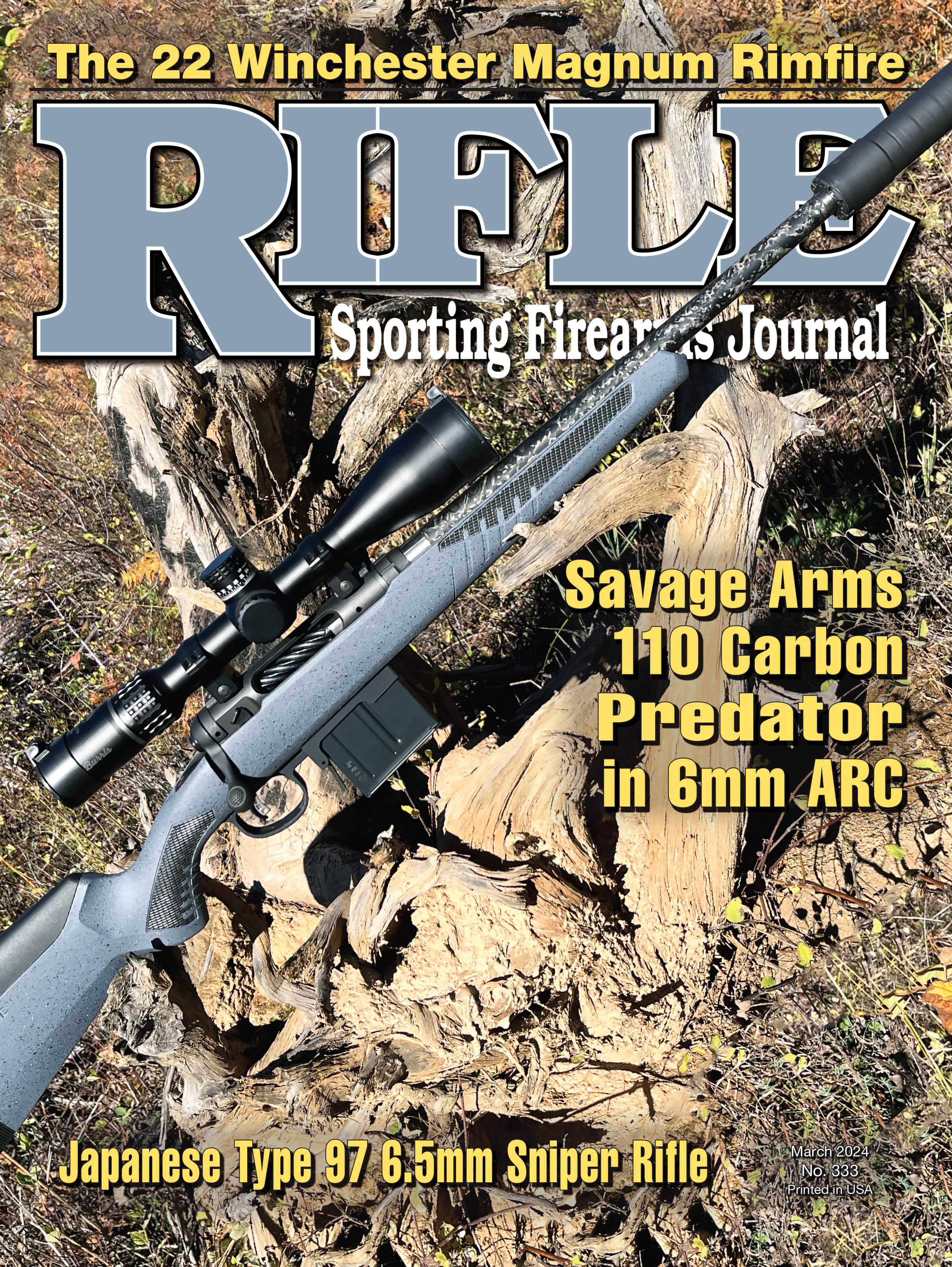Japanese Type 97 6.5mm Sniper Rifle
Apologies to a Great Combination
feature By: Mike Venturino - Photos by Yvonne Venturino | March, 24
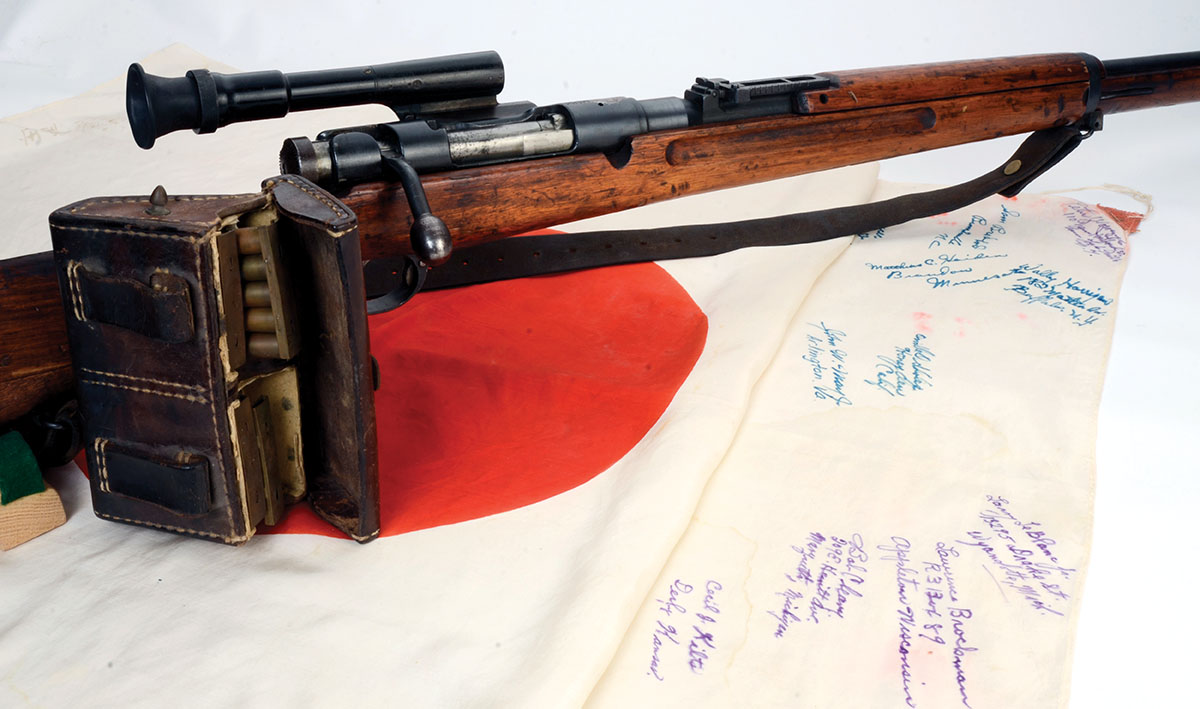

Type 97 scopes were mounted on rifles at their arsenals and supposedly zeroed in some manner. In the 61-page booklet Japanese Rifles of World War II by Duncan O. McCollum, there are a mere two pages dedicated to their sniper rifles. McCollum indicated that Type 97 sniping rifles were chosen from the beginning of its manufacture for that purpose and scopes were zeroed at their arsenals. He stated that scopes were serial numbered to match rifle numbers.
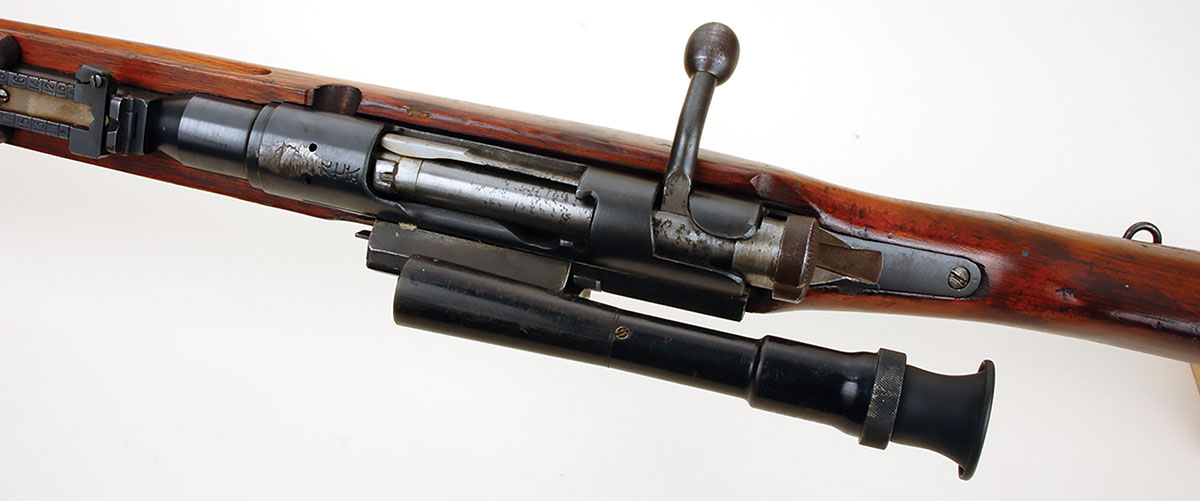
The only comments I can find of anyone who fought in World War II and actually shot a Type 97 6.5x 50mm comes from the book Shots Fired in Anger by Lt. Col. John George. He found an entirely unopened case of Type 97s on Guadalcanal early in 1943 and shot about 100 rounds through a single rifle from 100 meters to an estimated 400 meters. He goes on to explain the elevation and windage hash marks, although his Type 97 seemed to be well aligned windage wise. He was very impressed with the Type 97 and considered it a better sniper rifle than the Springfield Model 03A4s with 2.5x Weaver scopes that began arriving in American troops’ hands some months later.
A
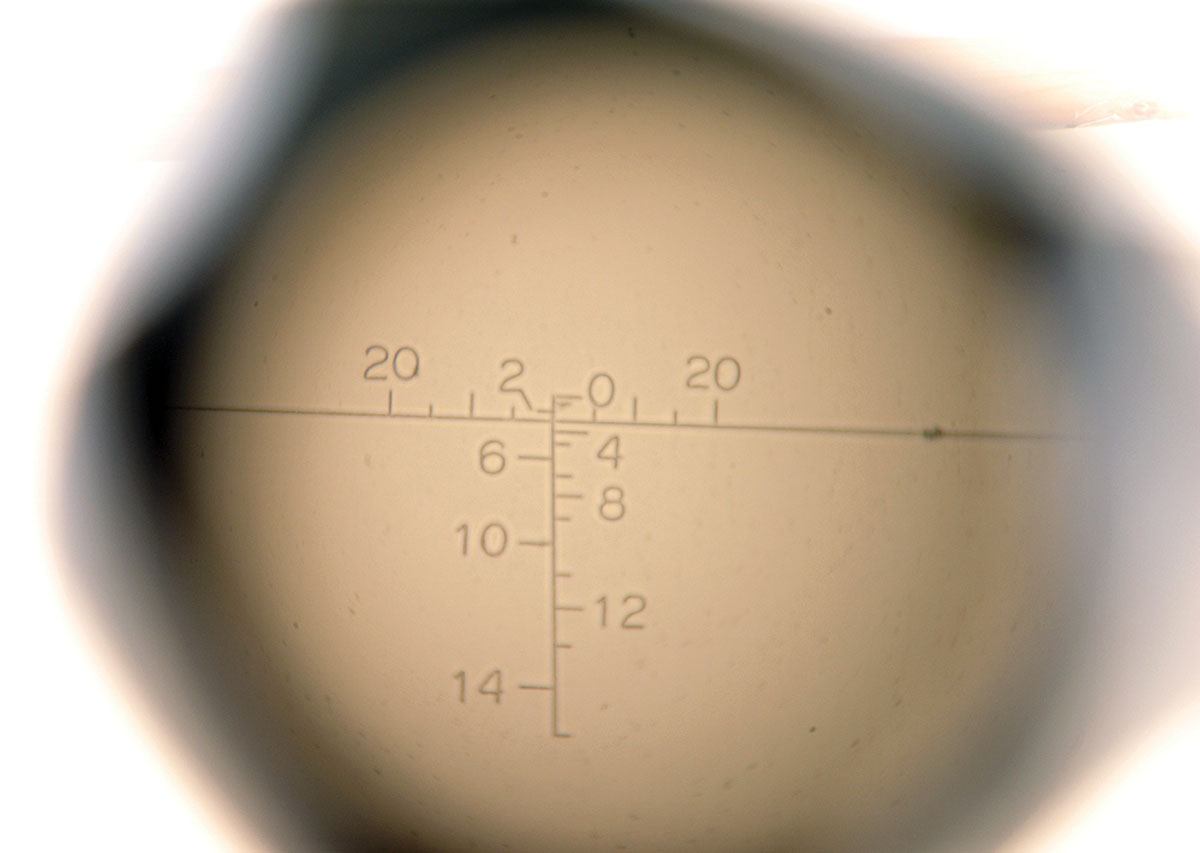
For mounting its scopes, Type 97s have dovetailed plates screwed to receivers left sides. Scopes have integral mounts to slide into those plates. A lever pressed rearwards tightens them. After traveling about for so many years, or perhaps because my scope had not been issued with that particular rifle, there was slight play in the dovetail arrangement. No problem. A shim fixed that. However, my stubborn fixation in using more shims to get it zeroed for 100 yards wasted many hours and hundreds of rounds of ammunition.
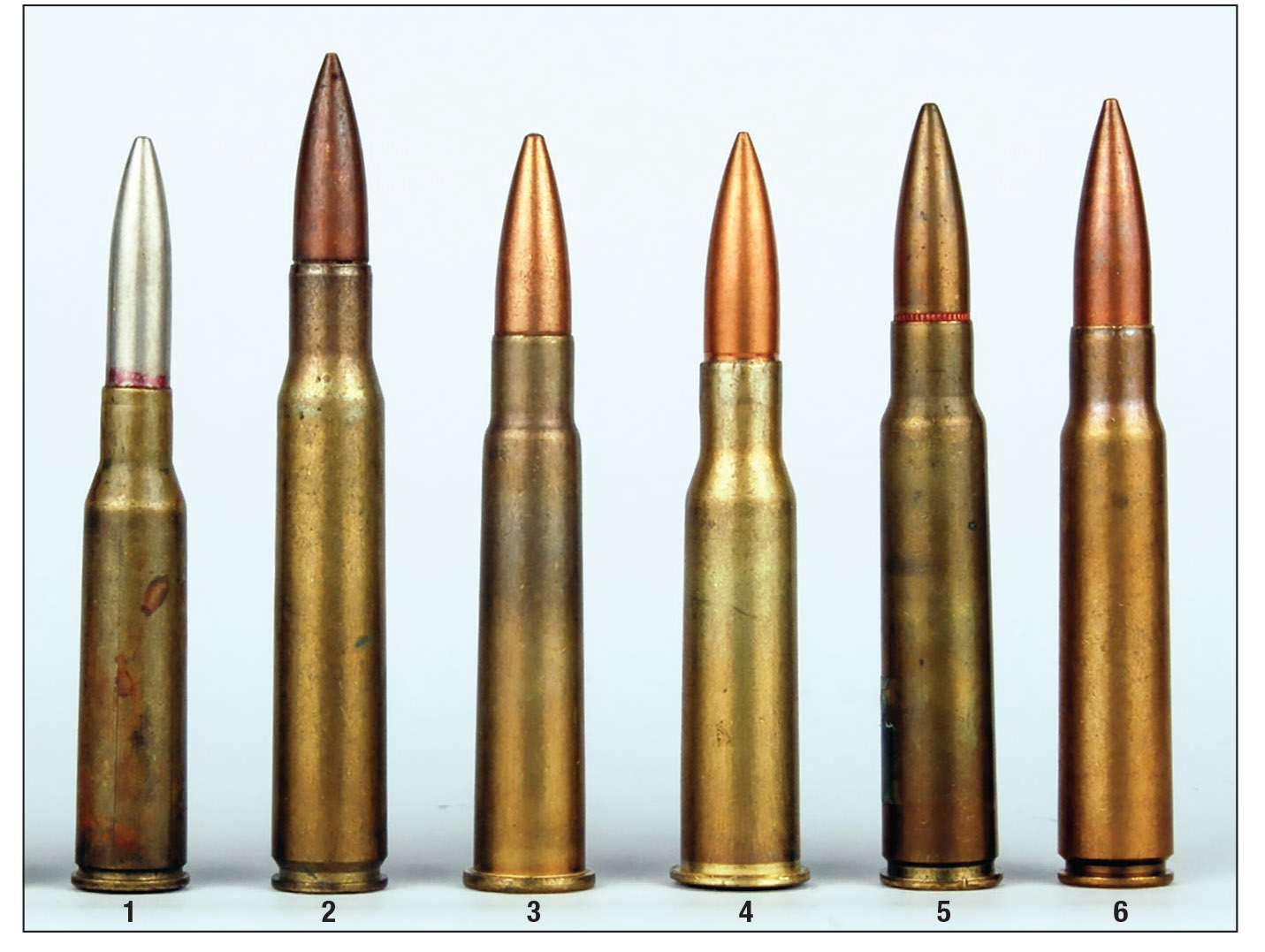
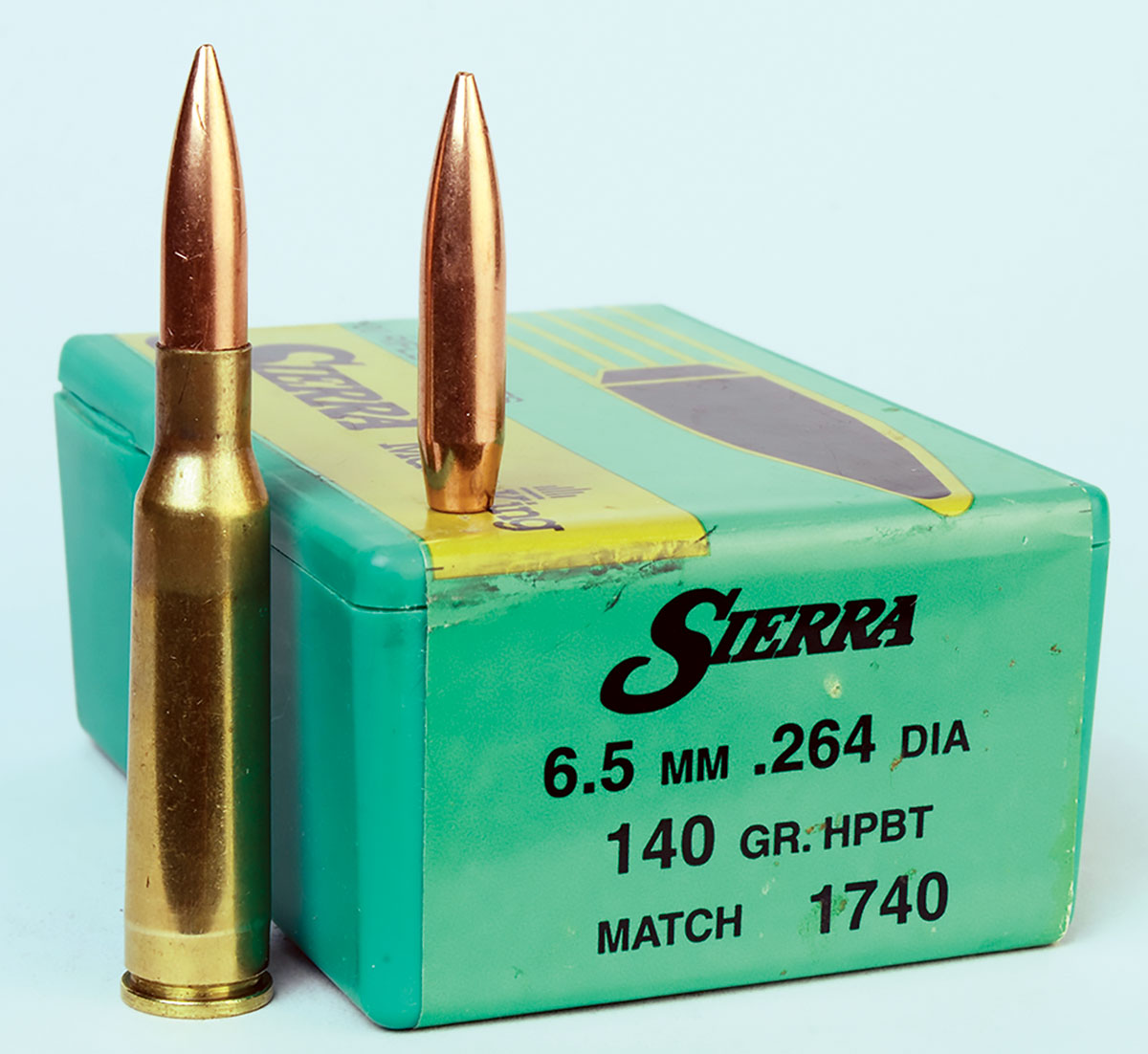
Type 97s were simply Type 38 infantry rifles fitted with scopes. As such, they were a knockoff of the Model 1898 Mauser. Instead of the usual Mauser lever safety, the Japanese adopted a round knurled knob at the bolt’s rear, which was intended for operation by the shooter’s palm, not his fingers. Also, bolts cock on closing instead of opening. Standard Type 38s had straight bolt handles but Type 97s differed with a slightly bent handle. Retained are the Mauser’s five-round integral magazine, steel floorplate beneath the magazine, strong extractor alongside the bolt and turnbolt operation. Having been introduced circa 1905, a feature shared with most contemporary bolt-action infantry rifles was its length. The barrels are 31.5 inches and overall length is 50.25 inches.
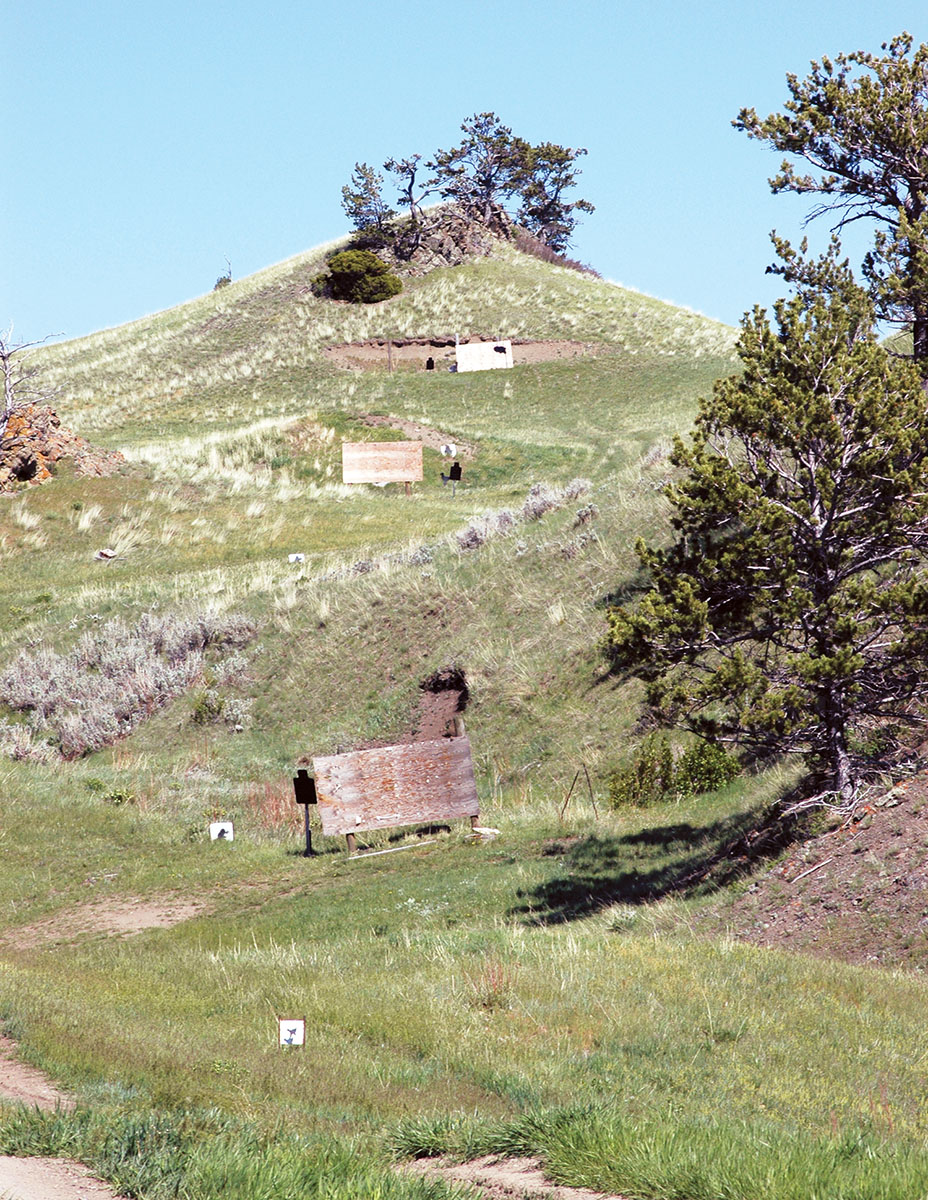
One thing Col. George admired about the Japanese weapon was exactly what troubled me. That was the lack of adjustment in the scope. In his opinion, and I certainly respect his experience, the non-adjustable scope was an asset. With Japan having no tradition of rifle shooting, making their sniper rifle “soldier proof” was likely the proper move. Matters would have been better had I read George’s chapter on the Type 97 before attempting my wrong-headed sighting-in attempts with mine!
Another feature of the Type 97 that George was likely correct was its chambering. He thought the relatively mild 6.5x 50mm Japanese cartridge was well suited to sniping. He believed its mildness was an asset for the short ranges of combat on jungle islands because its muzzle blast would not disturb foliage as much as American 30-06s. Japanese snipers were notoriously hard to spot on Pacific island battlefields. With that long 31.5-inch barrel, muzzle flash or powder smoke was negligible.
The Japanese 6.5x 50mm cartridge is a bit out of the mainstream compared to our modern rifle cartridges. Its rated velocity with 139-grain bullets was 2,500 feet per second (fps). Its case is semi-rimmed with a length of only 2.008 inches and an overall loaded cartridge length of 2.992 inches. The only reloading manuals supplying data for it currently are Hornady’s and Sierra’s. Here is a conundrum. Sierra’s manual lists a rim thickness of 6.5x 50mm as .050 inch. Hornady lists .059 inch for that dimension. The Norma brass that I began loading this round had a rim thickness of only .046 inch. That may have contributed to the short case life I experienced. However, a batch of Prvi Partisan 6.5x 50mm brass was purchased from Buffalo Arms of Idaho. These rims are .059 inch. Time and several loadings have not resulted in separating case heads as I had gotten with Norma 6.5x 50mm cases.
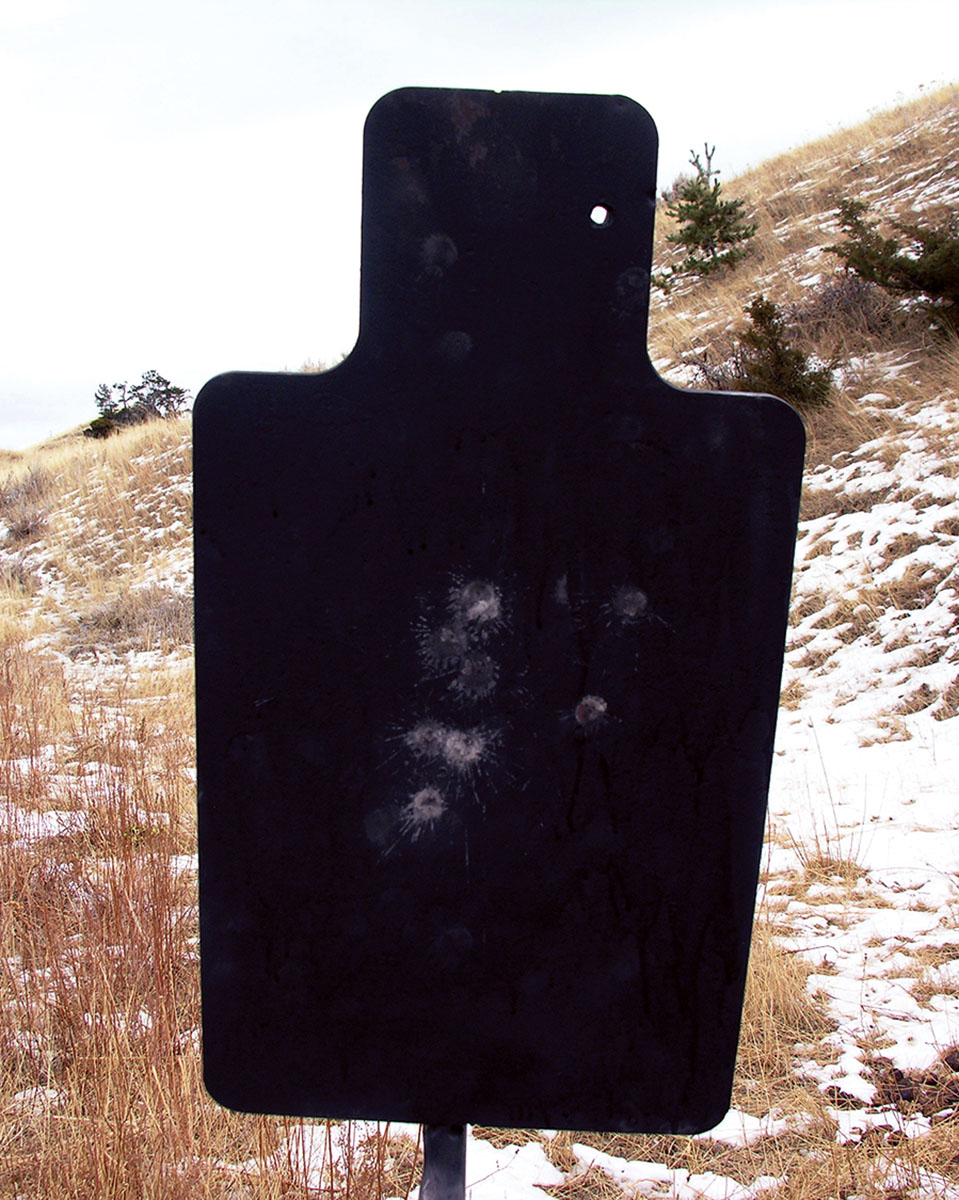
Here’s where I admit mistakes. In my obsession to zero my Type 97 at 100 yards, I began shimming the scope mount with pieces of brass. Eventually, and with the expenditure of many handloads, I achieved my desire. When shooting for Handloader TV with Jeremiah Polacek, I was proud that it hit center at 100 yards on steel plates. On the last day of filming, we put some water-melons at about 220 yards on my private range. I was determined to shoot the Japanese way by using the hash marks. Two sighters were required and then only two more to show how a 6.5mm 140-grain HPBT blows up watermelons.
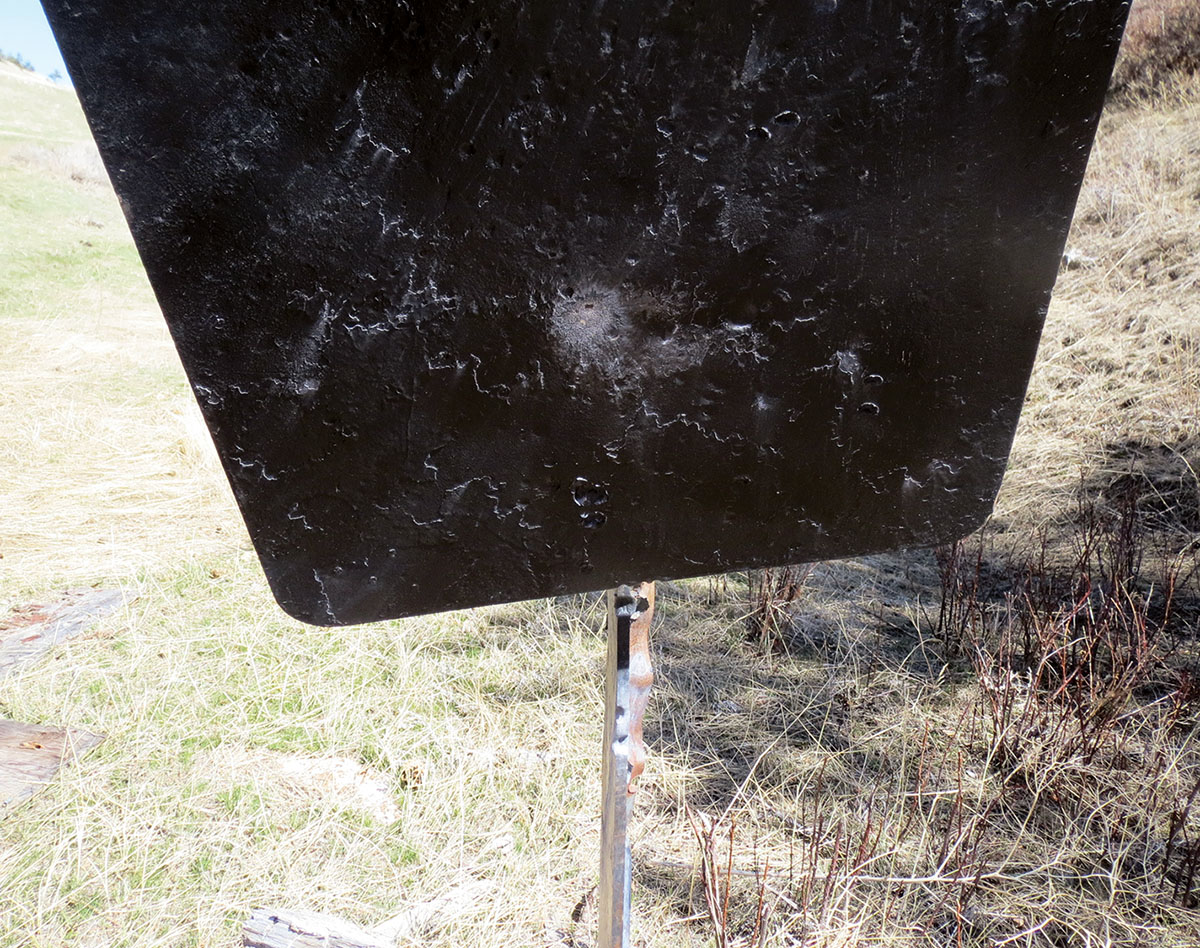
As said, my Type 97 scope does not carry the same serial number as the rifle. Was its original mated scope a battlefield casualty? Or, when handed out to Americans post-war, were scopes just grabbed out of bins randomly and put on any rifle fitted with a mount? That is something we will never know. Regardless, it is obvious this scope was never zeroed at some arsenal.
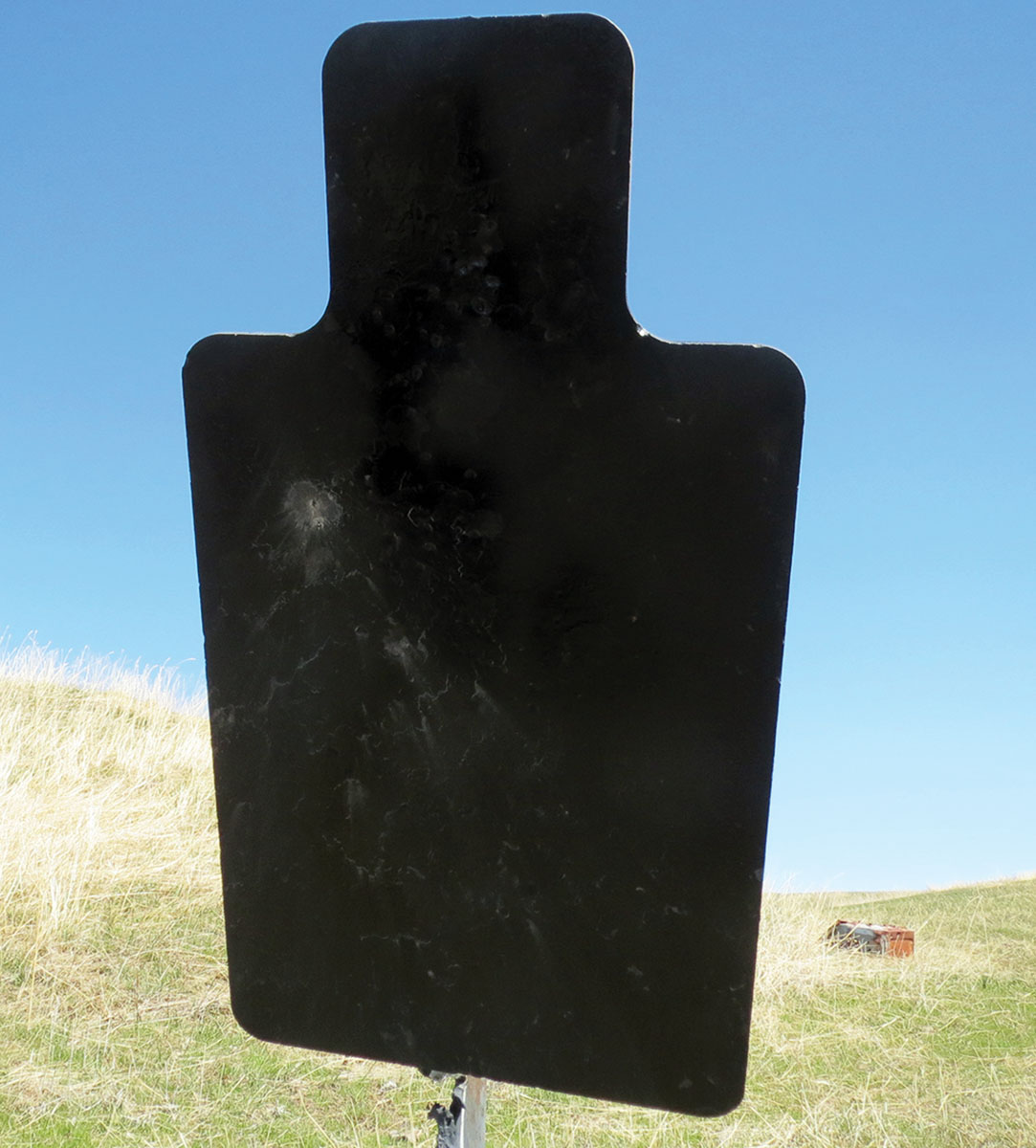
The next shooting was done at 100 yards. Again, the aim point was the steel plate’s right edge. This time, hits were centered for windage, albeit perhaps 2 to 3 inches low. This was following the script in my mind because the impact was further left at 50 yards than at 100. Next was the 200-yard shooting and brother, did that target get small in a 2.5x scope. In order to make hits elevation-wise, I had to go to the first hash mark under the primary lateral crosshair. That resulted in hits in the top one-third of the plate. For windage, aiming had to be a few inches inside the plate’s right side and I admit, hits were a bit scattered laterally. Please keep in mind that aiming a few inches on steel is very difficult to do repeatedly. Also, I must stress that arriving at the point hash marks was not done with a single shot. Once satisfied, I was “on,” many rounds were expended to verify my point of impact and cement in my memory my point of aim.
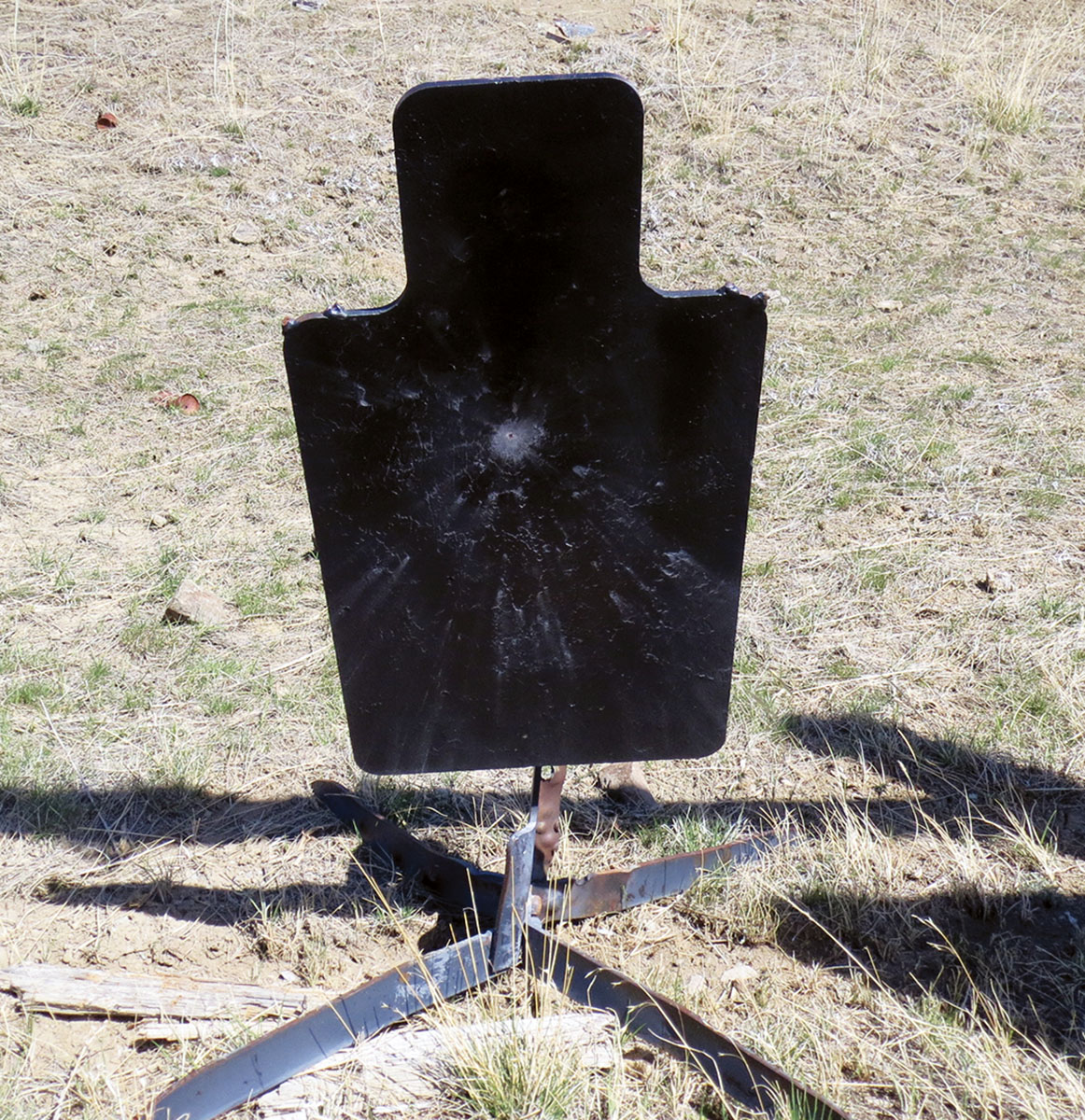
The Type 97 was set aside for a few months while working on other projects and then pulled out for a final test to see if my memorized hash marks were valid. The first shot at 100 yards was a hit centered but a bit low. The first shot at 200 yards was a hit in the top one-third of the steel plate. But I called it left and it was. At 300 yards, a hit required three tries, but when the steel rang the bullet landed nigh-on dead center. Shooting the Type 97 as Japanese ordnance officers designed it worked better than I expected. I’m sorry I denigrated it.
Check out this video and others in our World War II series on Handloader TV.


